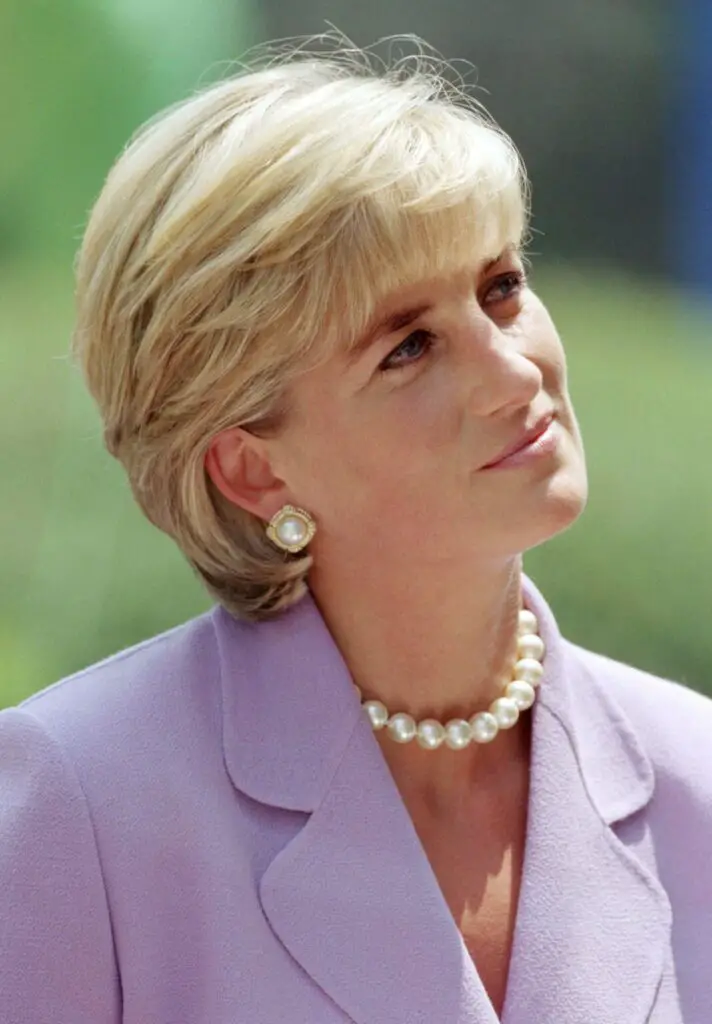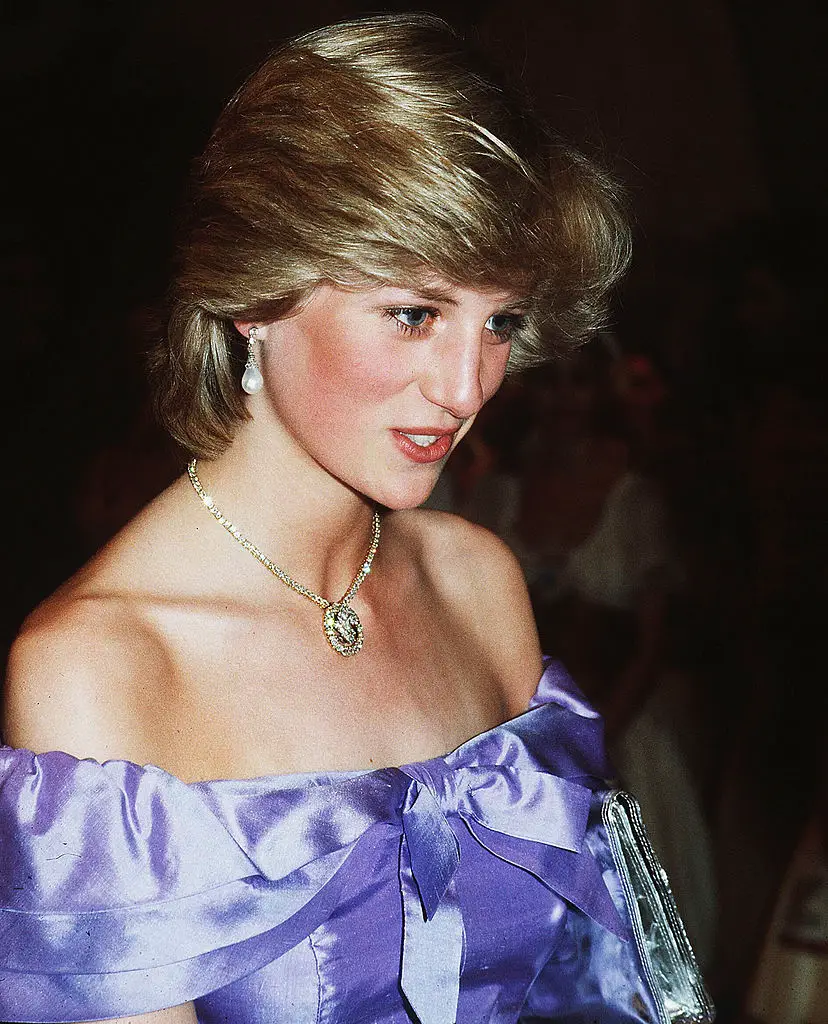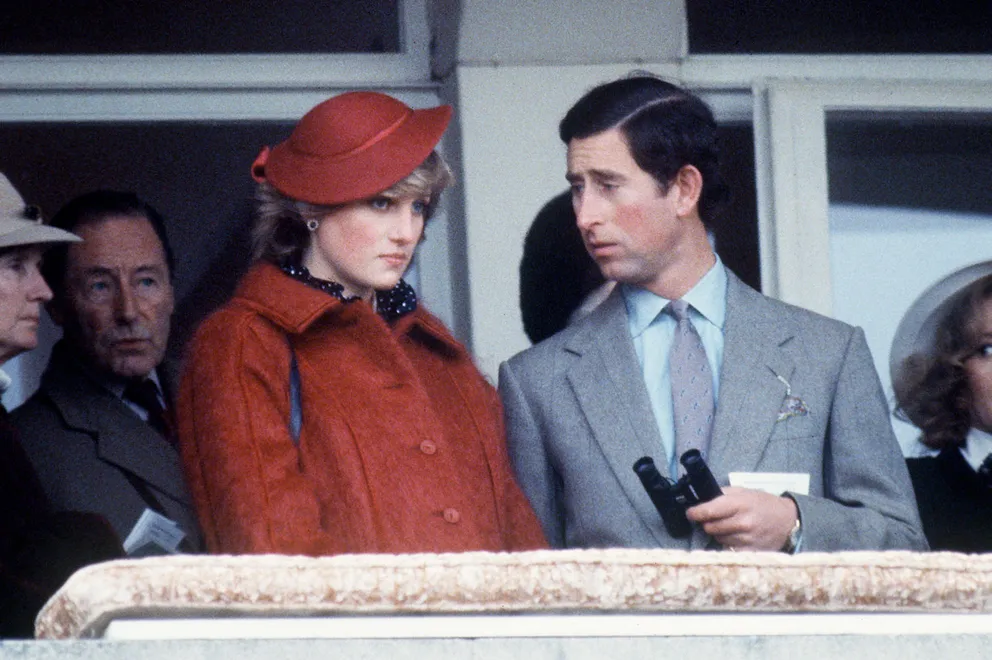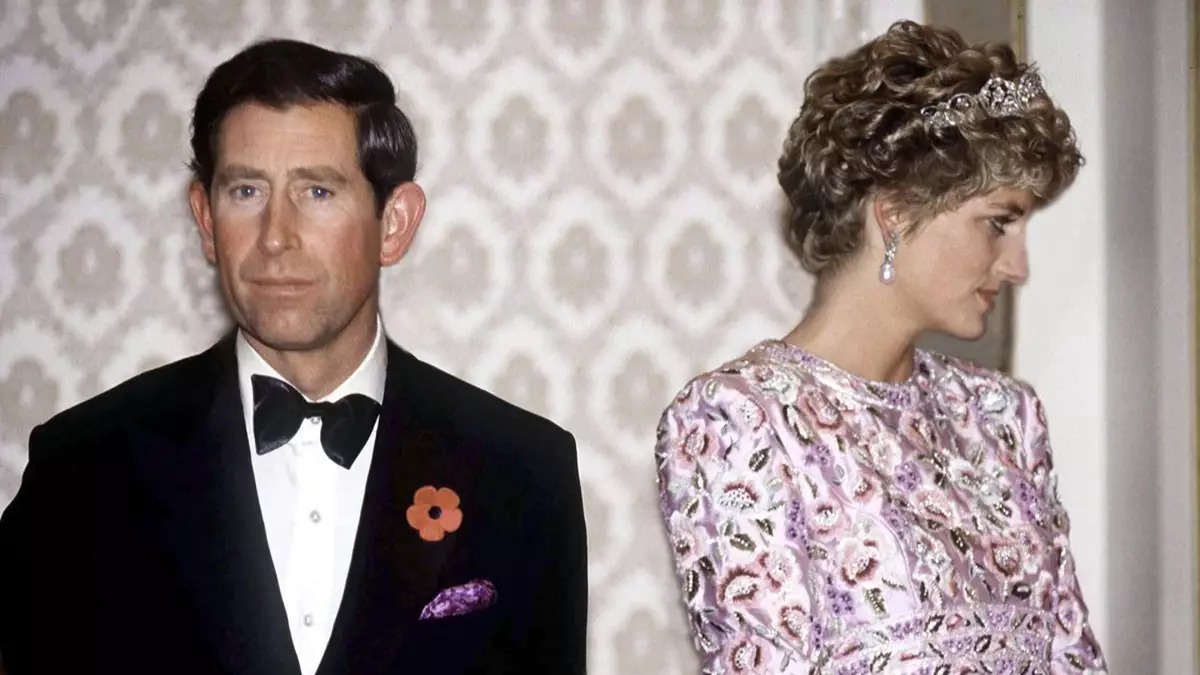A personal letter written by Princess Diana shortly after her wedding to Prince Charles has offered a rare and intimate glimpse into her early experiences as a new member of the British royal family. The handwritten note, dated July 31, 1981—just two days after the royal wedding—reflects Diana’s transition into royal life and highlights the emotional challenges she faced during her early days at Buckingham Palace.
The letter is one of several now publicly documented through Julien’s Auctions, a reputable auction house known for handling historic memorabilia and personal artifacts from cultural icons. According to the organization, this piece of correspondence provides context into Princess Diana’s life at a pivotal moment in history—offering both historical and emotional value.
A Glimpse Into Diana’s Life After the Wedding
Princess Diana married Charles, Prince of Wales (now King Charles III), on July 29, 1981, in a wedding ceremony watched by an estimated global audience of over 750 million people (source: BBC News Archive). The event marked the beginning of her formal entry into royal duties and public life, but it also signaled the start of a private period of adjustment as she transitioned from a relatively private upbringing into one of the world’s most scrutinized roles.
Two days after the ceremony, Diana wrote to Mark Simpson, a royal footman who worked at Buckingham Palace. In the letter, she expressed her appreciation for his kindness and support during what she described as a “lonely” time. Diana mentioned how his companionship helped her navigate the early, emotionally complex days of royal life.
Though informal in tone, the letter conveys a deep sense of sincerity and vulnerability—qualities that endeared her to the public during her lifetime and continue to shape her legacy.

The Context of the Letter
This correspondence is part of a larger set of personal items being curated by Julien’s Auctions, an internationally recognized auction house headquartered in Beverly Hills. The organization specializes in celebrity memorabilia, and its handling of Princess Diana’s letters is conducted with an emphasis on historical documentation and ethical provenance.
Martin Nolan, co-founder and executive director of Julien’s Auctions, shared insights with People Magazine, stating that the letter captures a unique moment in Diana’s life. At the time, Diana was adjusting to the expectations of life within the monarchy, including formal protocols, public appearances, and the guidance of senior royals like Queen Elizabeth II and the Queen Mother (source: People).

Who Was Mark Simpson?
Mark Simpson, the recipient of the letter, served as a royal footman and is described by auction organizers as being close in age to Diana. His role included attending to members of the royal household and assisting with daily routines at the palace. According to the auction description, Simpson’s presence provided comfort and familiarity for Diana as she navigated the early challenges of her new position.
Their interactions, while professional, appear to have been marked by warmth and a sense of camaraderie. Diana’s mention of shared laughter and her gratitude for Simpson’s support further underscores the human dynamics within palace life—details rarely seen in official records or public-facing narratives.
Royal Transition: Expectations and Pressures
Joining the royal family involved more than just a change in status—it required a complete adaptation to a highly structured and traditional way of life. Diana, who was just 20 years old at the time of her wedding, was thrust into a demanding environment of diplomatic events, formal etiquette, and global attention.
According to royal historians, new members of the monarchy often undergo informal training in royal protocols, including curtsying, handling public engagements, and managing the responsibilities of charitable patronages (source: Royal.uk).
In Diana’s case, these expectations were compounded by intense media focus. From the moment of her engagement to Prince Charles in February 1981, she became a frequent subject of British and international headlines. While her popularity grew rapidly, this also added pressure to conform to public and institutional expectations.
Diana’s Legacy Through Her Letters
Personal letters from Princess Diana have long been viewed as important artifacts that provide insight into her character, values, and experiences. Several of her handwritten notes have been preserved in archives, donated to charitable causes, or auctioned through verified institutions.
What makes this particular letter significant is its timing—it was written during the first week of her marriage, at a moment when the world saw her as a fairytale bride, but when she was already facing the emotional realities of her new life.
The inclusion of lighthearted mentions—such as her fondness for cereal or humor about her staff—serves as a reminder that Diana, despite her public image, remained deeply human and relatable.

Historical Significance and Public Interest
Princess Diana’s life and legacy continue to captivate global audiences more than two decades after her passing. Following her death in a car crash in Paris in 1997, there has been renewed scholarly and public interest in understanding her personal experiences, humanitarian work, and influence on the modern monarchy.
Institutions such as the Diana Award and exhibitions by the Royal Collection Trust have contributed to preserving her legacy in a way that is both respectful and educational. Documents like the letter to Mark Simpson enrich this narrative by adding authenticity and a firsthand voice to the timeline of events.

Diana’s Marriage and Later Years
While the early years of Diana and Charles’s marriage were often characterized by public appearances and official engagements, their relationship experienced challenges behind the scenes. In 1992, they formally separated, and their divorce was finalized in August 1996. Despite personal struggles, Diana remained committed to charitable work and became a global advocate for causes such as landmine clearance, HIV/AIDS awareness, and support for marginalized communities (source: UNICEF).
Her dedication to humanitarian issues cemented her place in public memory as the “People’s Princess”—a title given not through royal decree but through her connection to people from all walks of life.

Conclusion: A Letter That Reflects Humanity Behind the Royal Image
The letter Princess Diana wrote to Mark Simpson shortly after her wedding is a valuable historical artifact, not because of any sensational revelation, but because of its honesty and warmth. It illustrates a young woman adjusting to a dramatically new reality, leaning on the support of those around her, and navigating her new role with grace and humility.
Through official archival institutions and reputable auction houses like Julien’s, documents like this are preserved not just as collectibles, but as pieces of living history. They remind us that even among crowns and ceremonies, the most meaningful moments are often found in the personal words shared between individuals.
Verified Sources:
- BBC News – Royal Wedding 1981 Coverage
- People Magazine – Julien’s Auctions on Diana
- Julien’s Auctions – Princess Diana Collection
- Royal.uk – The Royal Family’s Official Site
- UNICEF – Princess Diana’s Humanitarian Work

